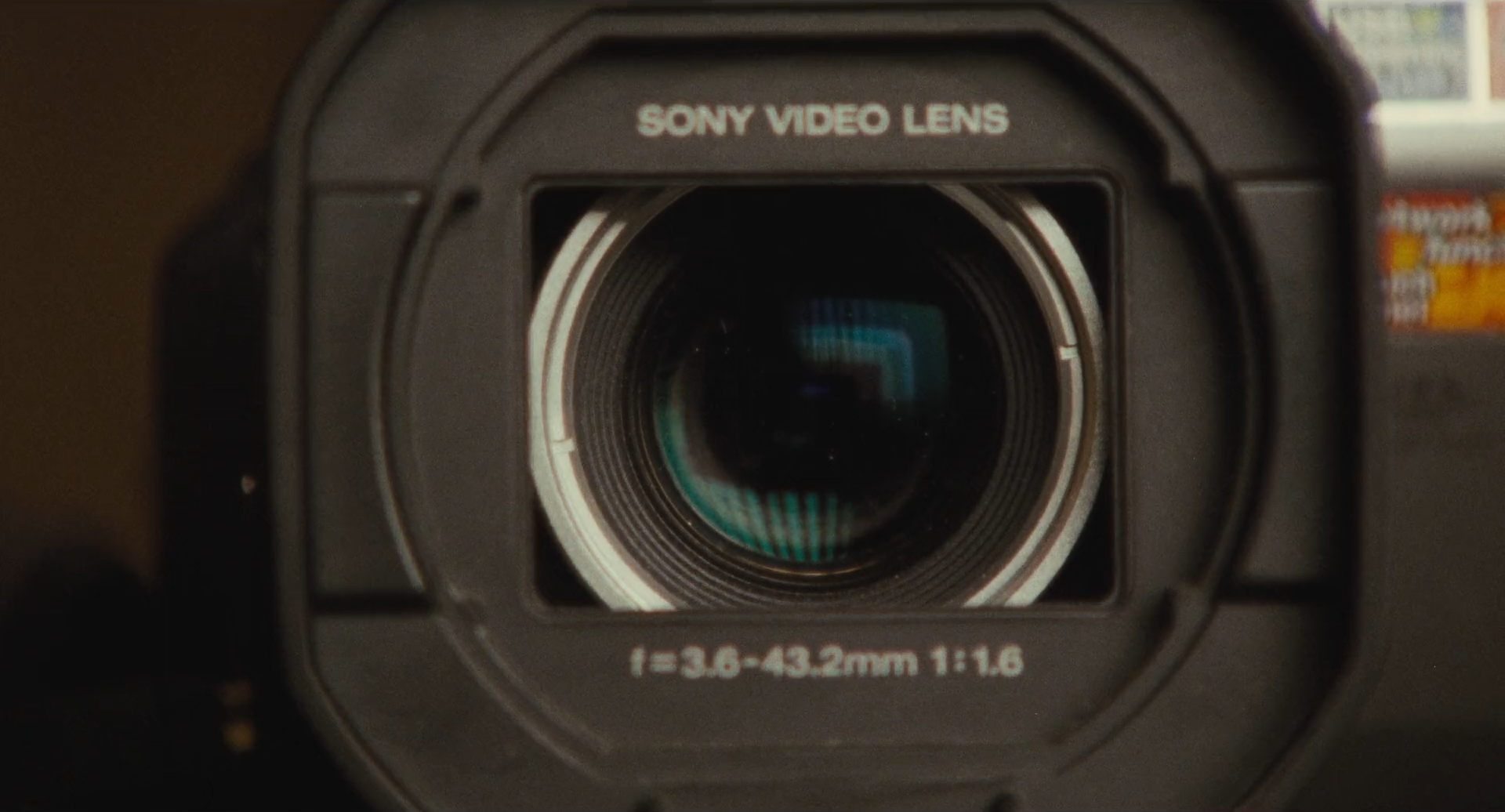Difference Between Filmmaking and Videography
The world of video production can feel overwhelming, especially with terms like "filmmaking" and "videography" getting tossed around. Let's understand the key differences between filmmaking and videography – knowledge that will empower you to choose the perfect approach for your project.
Picking Your Perfect Match: Filmmaking vs. Videography
Filmmaking mostly focuses on artistic expression, prioritizing narrative, emotions, and aesthetics. Think high-concept visuals and meticulously crafted scripts that narrates a story. Filmmakers usually spend considerable time planning every shot and scene.
Videography, on the other hand, is more about clear communication. Picture capturing a live event, conducting interviews with volunteers, or creating an explainer video.
Videographers prioritize getting information across in an engaging way, focusing on capturing high-quality footage and editing it into a concise and impactful message.
So, which one is right for your non-profit or business?
For most organizations seeking professional video production, videography is the ideal choice. It allows you to create clear, concise, and impactful videos that:
Raise awareness: Spread the word about your cause or brand and reach a wider audience, particularly on social media platforms that favor video content.
Educate your audience: Inform viewers about your mission, products, or services. Explainer videos are great for explaining complex topics in an easy-to-understand way.
Inspire action: Motivate viewers to donate, volunteer, purchase your product, or learn more about your services.
The Best of Both Worlds
Some video production houses, such as Slate Studios in Providence offer a unique approach that lies somewhere between filmmaking and videography. We understand that nonprofits and businesses often need a blend of creativity and clear communication.
Here's what sets these studios apart:
Storytelling Expertise: We help you create a compelling narrative that showcases your impact or product's value. Think impactful interviews, engaging B-roll footage, and a clear call to action – all woven together into a powerful story.
Top-Notch Production: Our studio boasts top-of-the-line video and audio equipment, ensuring professional-grade footage. We go beyond point-and-shoot, utilizing advanced lighting techniques and shooting techniques to elevate your video and a digital backdrop for your interviews and testimonials.
Stress-Free Production: Our experienced film crew handles everything from logistics to editing. You focus on your message while we take care of the technical aspects, ensuring a smooth and efficient production process.
Beyond the Basics: Filmmaking vs. Videography Techniques
Now that you understand the core differences, let's get into some technical aspects that differentiate filmmaking and videography:
Lighting Techniques
Filmmaking:
Painter-like approach: sculpts light & shadow for mood & emotion
Uses multiple light sources (key, back, fill, practical)
Creates dramatic contrasts & depth (think detective scene with dramatic lighting)
Videography:
Prioritizes clear & even lighting for optimal viewing
Uses three-point lighting setup (key, fill, backlight)
Ensures subject & visuals are easily visible (think product demo)
Shooting Techniques:
Filmmaking:
Artistic Expression: Filmmakers utilize camera movements and angles to tell a story visually and create artistic impact. This can involve:
Camera movements: Tracks, pans, tilts, and handheld camerawork can build tension, follow a character's journey, or create a sense of dynamism. Imagine a tracking shot following a runner in a race, building a sense of speed and determination.
Creative angles: Dutch angles (tilted horizons) can create unease or disorientation, while low angles can make a subject appear powerful or imposing. Picture a high-angle shot looking down on a character, highlighting their isolation.
Focus techniques: Selective focus can draw attention to specific elements within the frame, while deep focus keeps everything sharp to create a sense of realism. Think of a close-up on a character's tear-filled eye to emphasize emotion, or a wide shot capturing the vastness of a landscape.
Videography:
Clarity and Efficiency: Videographers prioritize capturing clean and stable shots that effectively convey the message. While creative techniques are still used, the emphasis lies on clarity:
Standard camera movements: Smooth pans and tilts are common, allowing viewers to follow the subject or scene easily. Handheld camerawork might be used sparingly to create a sense of immediacy, but the focus remains on stability.
Clear compositions: The rule of thirds, placing the subject off-center, creates a visually pleasing composition. Videographers often rely on establishing shots, close-ups, and medium shots to ensure viewers understand what's happening on screen.
Sharp focus: The goal is to keep everything in focus for optimal clarity. This ensures viewers can easily see the subject, any visuals, and any text elements within the frame.
The Sweet Spot:
Both filmmaking and videography can benefit from incorporating elements from the other. A well-made non-profit video might utilize a creative camera angle to highlight a beneficiary's story, while a corporate explainer video could use a subtle tracking shot to showcase a product's features in action.
In the end, the choice of shooting techniques depends on the specific message and desired impact of the video.
Editing Techniques
Film Editing: Think artistic expression and stylistic choices.
Creative cuts: Jump cuts, slow motion, and fast motion can be used to manipulate time, build suspense, or evoke emotions. Imagine a jump cut between a character waking up and a clock striking midnight, creating a sense of urgency.
Focus on Style: Edits can prioritize aesthetics over strict continuity. A scene might shift focus between characters without a clear location change, relying on the audience to follow the emotional flow.
Non-linear storytelling: Flashbacks, flash-forwards, and fragmented timelines can be used to create a more complex narrative structure. Think of a film that interweaves present events with flashbacks to the character's past.
Videography Editing: Focuses on clarity, flow, and audience engagement.
Seamless transitions: Cuts are clean and ensure a smooth viewing experience. Dissolve cuts, fades, and wipes are used sparingly to maintain a clear progression of information.
Continuity reigns supreme: Editing ensures a logical flow of time and space. Viewers should always be able to understand where and when scenes are taking place.
Pacing for impact: The editing rhythm is tailored to keep viewers engaged. Fast-paced cuts might be used to create excitement, while slower cuts allow viewers to absorb information.
Finding the Balance
Both filmmaking and videography editing can be powerful tools. A non-profit video might utilize a slow-motion sequence to highlight the impact of their work, while a corporate video could use a creative cut to transition between product features. However, the editing approach depends on the message and desired audience response.
Where Storytelling Meets Professionalism
Whether you're a non-profit organization in Providence, Rhode Island raising awareness or a local business aiming to showcase your product, The Slate Studios offers the perfect solution. At Slate Studios, you get more than just exceptional video production:
Hundreds of Unique Interview Looks: We offer a variety of interview backdrops to match your brand and message, adding a touch of style to your video.
Digital Backdrops: No need to worry about location limitations. We offer endless possibilities with our digital backdrops, allowing you to create any environment imaginable.
Acoustically Treated Space: Crystal clear audio is crucial for any video. Our studio boasts professional soundproofing to ensure pristine audio quality.
Full-Service Production: We handle everything from pre-production to post-production, taking the burden off your shoulders.
Ready to Create a Video That Makes a Difference?
Let’s create professional videos that tell your story, inspire action, and achieve your goals. Here's what makes us truly unique:
Place to Create: Our studio provides a comfortable and versatile space to shoot your video. We offer dedicated hair and makeup stations, dressing rooms, and even on-site dining facilities – everything you need to feel comfortable and focused during your shoot.
Remote Workstations: Stay connected and manage your project remotely with our dedicated workstations. This allows for seamless collaboration, even if you can't be physically present in the studio.
Content Repurposing Bonus: Book your video shoot with Slate Studios and you can receive 6 months of edits and downstream cuts. This allows you to repurpose your video content for various platforms, maximizing your reach and impact.
Don't settle for mediocre. Let Slate Studios in Providence, RI, help you create a video that gets noticed, engages your audience, and achieves your goals. Contact us today and let's discuss your vision.



